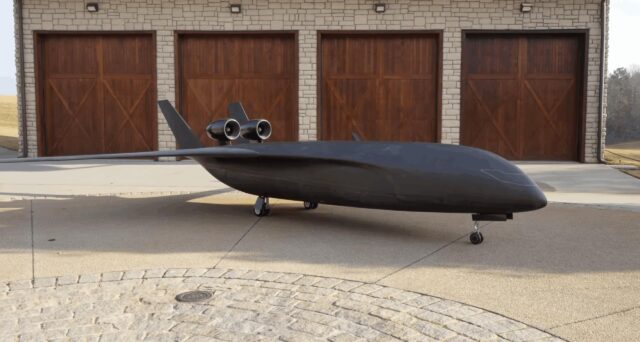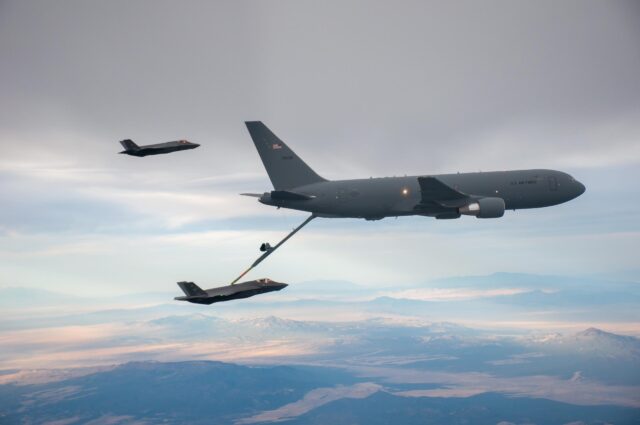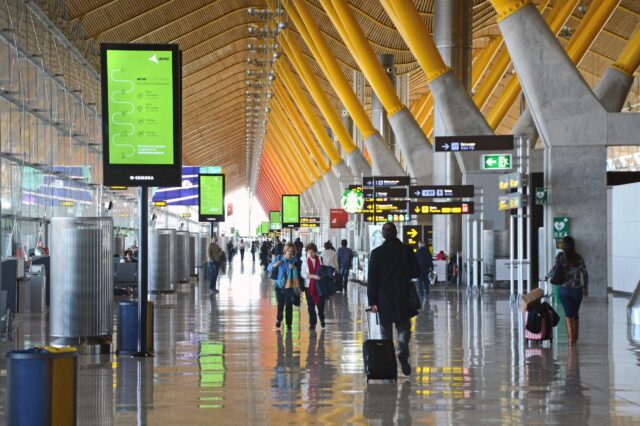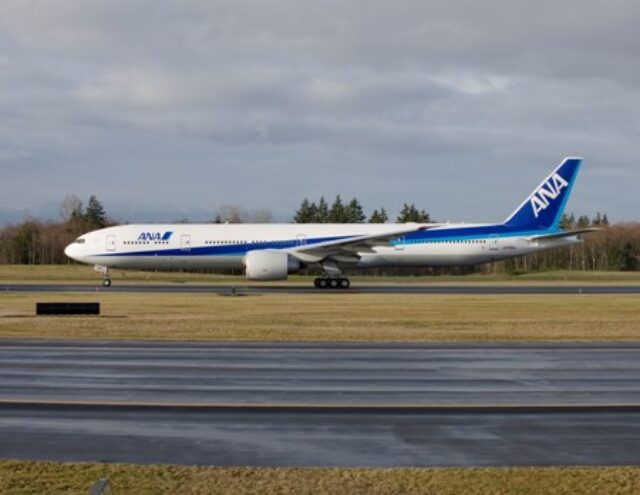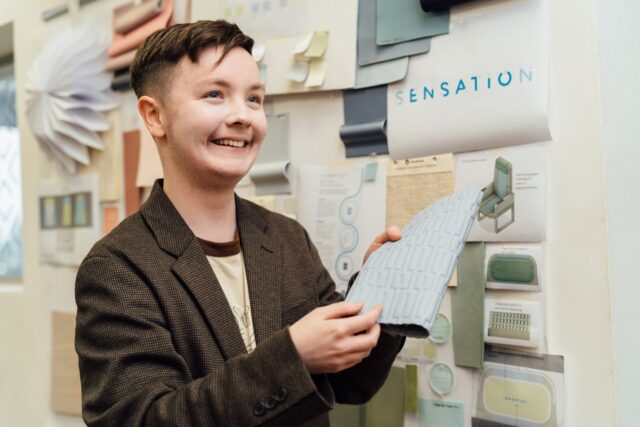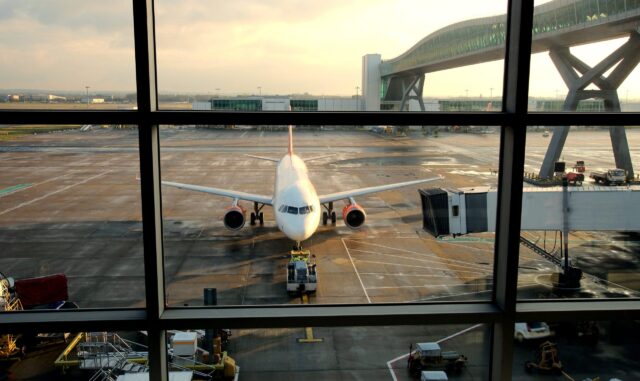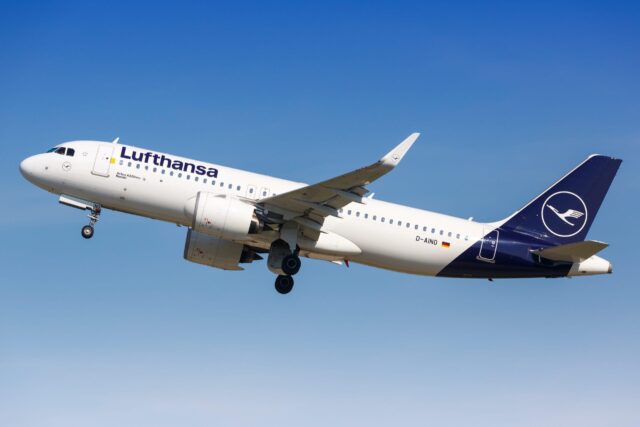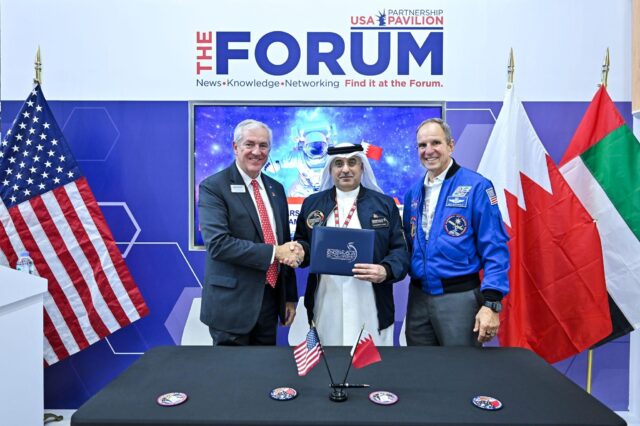Future Combat Air for the UK
September 16, 2024

The Freeman Air and Space Institute, based in the School of Security Studies, at Kings College London, recently held a webinar looking at “What’s next for UK Combat Air capability?”
One of the speakers was Air Vice Marshal Jim Beck, who became the RAF’s Director Capability and Programmes in April 2024, and who is a former Tornado GR.Mk 4 and F-35B pilot, and a former Lightning Force Commander.
Beck described the ongoing Strategic Defence Review as being ‘threat-based’, and stressed the importance of China and Russia’s so-called A2AD (Anti-Access Area Denial) capabilities. These, he said, “push you away, to keep you out of the fight”, and are “very, very difficult to overcome.” He said that the “ranges we’re dealing with are 500 nautical miles today,” and would “reach 1,000 nautical miles by 2030.”
“You need capabilities to be able to penetrate that,” Beck observed, without specifying that this means the new Tempest manned fighter being developed under the Global Combat Aircraft Programme (GCAP), though he did stress that, going into the SDSR there would be an enduring need for combat air capabilities that can “get in and effect.”
Beck said that the backbone of UK Combat Air was: “our fourth gen Typhoons,” and highlighted the importance of the tranche three aircraft with their ECRS.Mk 2 radar. “That will give them an incredible capability, particularly in the air to air jamming and the air to surface jamming, which helps us penetrate into those A2AD envelopes.
The Typhoons are augmented by the F-35B, for which there is a “programme of record” for 48 aircraft to meet the JCA requirement, delivering the land and maritime capabilities – the latter to meet the requirements of the carrier strike group require. He explained that: “from previous SDRs, we expanded that number up to 74 jets so that we could meet the whole life requirement of the carrier. The carriers go up about 50 years of life, which would take us out to 2069.”

Beck was eager to highlight the value of using Typhoon and F-35B in concert. “We’d like to consider ourselves European leaders in that transition from fourth generation to fifth, because we are one of the only nations that will have significant number of fifth Gen that work alongside its fourth gen fighters. Through the Babelfish series of trials, we have developed concepts that mean our fourth and fifth work in harmony. And actually the combination of the ‘Thug’ Typhoon – carrying huge amounts of ordnance and throwing it a long way and the ‘assassin F-35B’s works incredibly well together to really extract what we consider to be the future of warfare.”
Air Vice Marshal Beck said that: “What I will say is our commitment to the F-35 program at the moment is 138 jets – and the difference between those 74 and up to 138 will be what we replace Typhoon with for the future – in particular, tranche one Typhoon.” He added that: “We’ve yet to see what that that will look like, and the outcomes will hopefully come from the SDR.”
Beck described GCAP as “the principal component of a broader system of systems, which is known as FCAS.” He said that he expected the aircraft to start RAF operational testing in 2035, and to enter service in about 2040, “developing and growing from there,” with a commensurate decay in Typhoon numbers. Beck said that: “it’s important we bring in that Sixth Gen capability, because we anticipate that threat capabilities will be growing at the same rate.”
AVM Beck outlined the importance of rapid and agile mission data iteration, synthetics (“If you don’t get synthetics right it is actually the quickest way to lose”, he said) and a ‘weaponised’ and sovereign defence industrial base. He also emphasized the vital importance of improving readiness, and “understanding the pinch points of aircraft availability and how we can turn what we’ve got into a far more efficient basis.” He also noted the value of agile combat employment, “because we’re fairly certain that we’ve got to first be able to survive to fight on the following night.”
Weapons are also a focus area. “What Ukraine has shown us, is that our stockpiles need to get bigger, significantly so. But that’s not necessarily just about exquisite weapons. There is a high:low mix, with high being things like Storm Shadow and SPEAR Capability 5. But we still need our Paveway IVs. You still need weapons you can just throw far enough and have them in massive volumes. That links to our activity on autonomous collaborative platforms (ACPs). The Americans call them slightly different things. I colloquially call them flying robots. And again, there’s a mix – with low cost ones that you need in the thousands, and you come into attritable tier two, which are more expensive.”
“And we’re doing analysis on those at the moment to work out how they fit in the combat air story, we ran a programme called Mosquito where we looked at the market, we looked at what we could develop, and that point in time, it did not make financial or military sense to invest in it further because the technology wasn’t there to deliver them at a cost point that was efficient in the battle. It made more sense to go and buy manned assets at that point in time, and to invest in the lower cost ACPs. But we are constantly looking at that, and we’re pretty certain by 2030 we’re going to need to be back in that market as we see the industrial base improvement.”
The Air Vice Marshal also reiterated the Chief of the Air Staff’s priorities, which he described as being: “Firstly, that’s people. This isn’t necessarily about metal flying in the air to furnish the combat air requirement. It’s about getting the right people to get them in the air. And specifically engineers. We need to grow the number of engineers quite quickly in the next decade to fulfill the requirements of Typhoon, F-35 as it grows into that third Squadron, and then the explosion of GCAP in the 2040s.”
